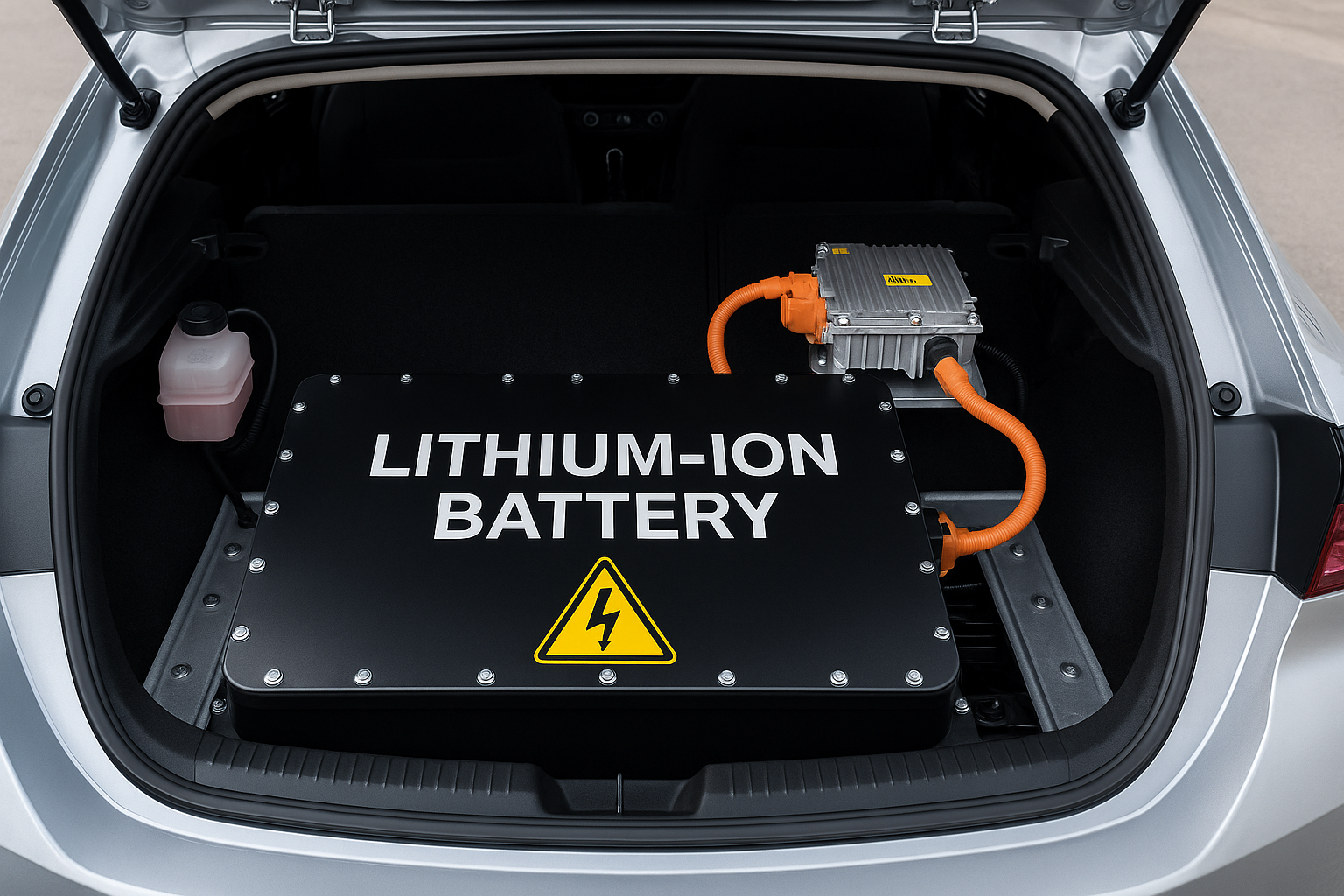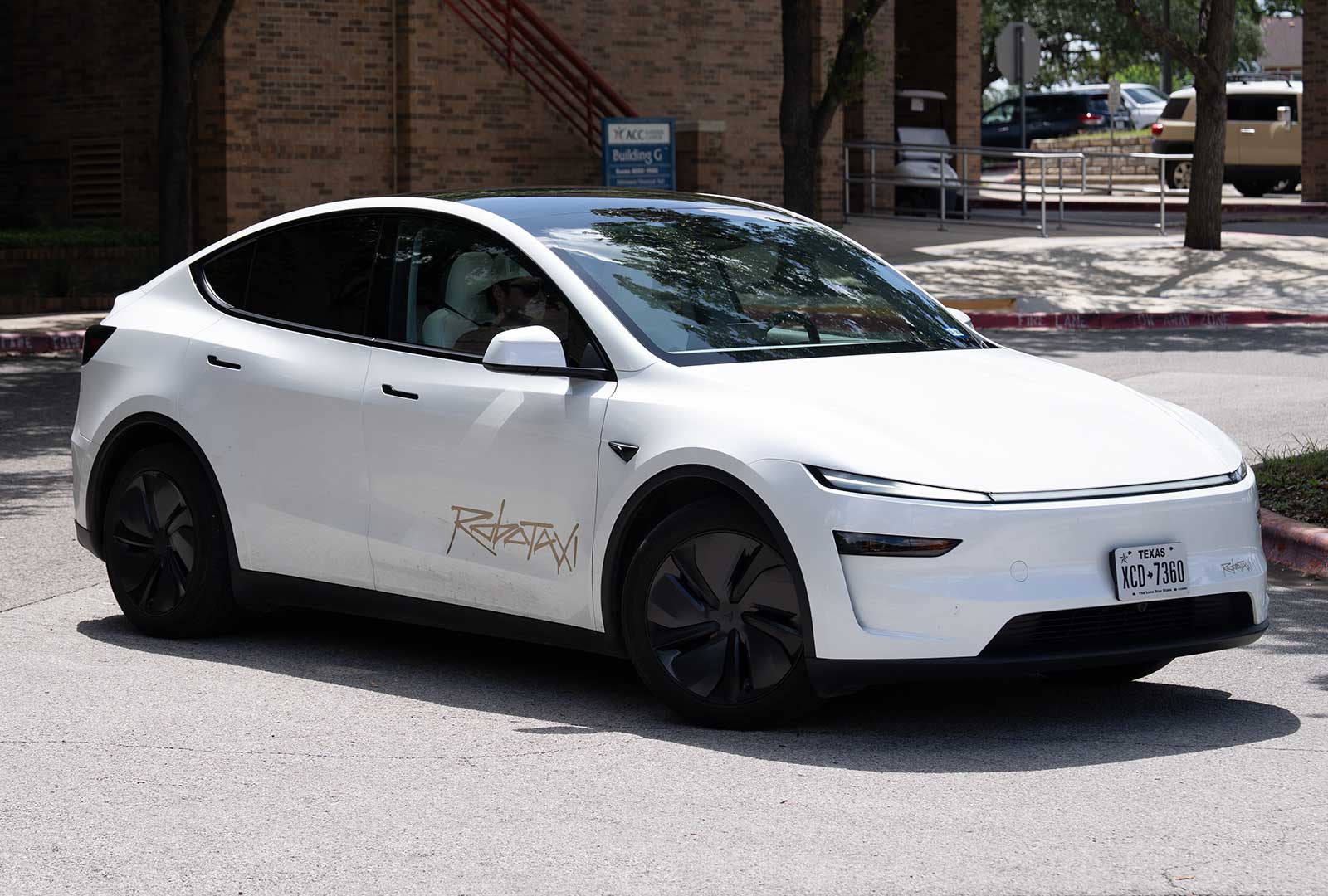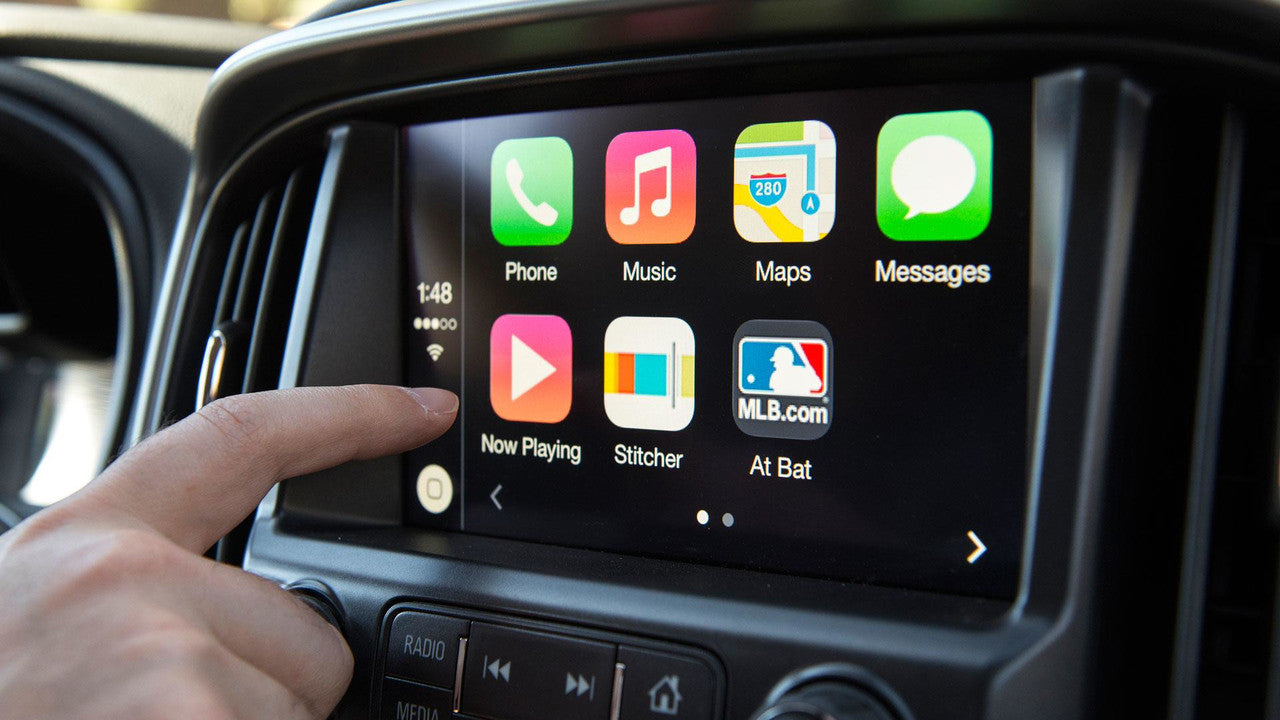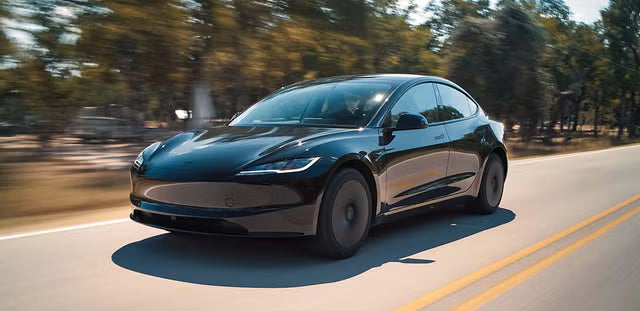The rapid rise of electric vehicles (EVs) would not have been possible without one key innovation: the lithium-ion battery. These energy-dense, rechargeable power sources have become the foundation of the modern EV era, enabling long driving ranges, fast charging, and a sustainable alternative to internal combustion engines.
This article explores how lithium-ion batteries work, why they are essential to EV performance, and what challenges and breakthroughs lie ahead.
1. What Is a Lithium-ion Battery?
A lithium-ion battery (Li-ion) is a type of rechargeable battery that uses lithium ions as the primary charge carrier. Unlike older battery technologies such as lead-acid or nickel-metal hydride, lithium-ion batteries are much lighter and store significantly more energy for their weight—making them ideal for mobile and automotive applications.
Key Components:
-
Cathode (positive electrode): Typically made from lithium metal oxides (like NMC, LFP)
-
Anode (negative electrode): Often made of graphite
-
Electrolyte: Conducts lithium ions between the electrodes
-
Separator: Prevents physical contact between cathode and anode
During discharge, lithium ions move from the anode to the cathode, releasing energy. During charging, the ions move in the opposite direction.

2. Why Lithium-ion Batteries Are Ideal for EVs
Lithium-ion batteries dominate the EV landscape due to the following advantages:
a. High Energy Density
Li-ion cells can store a large amount of energy per unit of weight—crucial for extending EV driving range without adding excessive weight.
b. Long Cycle Life
Modern lithium-ion batteries can last between 1,000 to 2,000 full charge cycles, equating to 8–15 years of use in EVs under normal conditions.
c. Fast Charging Capabilities
While charging speed depends on battery chemistry and design, Li-ion cells can handle high-voltage fast charging without significant degradation when properly managed.
d. Low Self-Discharge Rate
They retain stored energy efficiently, losing only about 1–2% per month compared to ~10% for some older chemistries.
e. Scalability
Lithium-ion cells can be scaled into large battery packs for EVs, such as Tesla's battery modules or GM’s Ultium platform.
3. Battery Chemistry in Modern EVs
EV manufacturers use different lithium-ion chemistries depending on the vehicle’s intended use:
| Chemistry | Full Name | Strengths | Use Cases |
|---|---|---|---|
| NMC | Nickel Manganese Cobalt | High energy, good performance | Tesla, BMW, Hyundai |
| LFP | Lithium Iron Phosphate | Long life, thermal stability, lower cost | Tesla (standard range), BYD |
| NCA | Nickel Cobalt Aluminum | High power and energy | Tesla (long range) |
| LTO | Lithium Titanate | Very fast charging, ultra-safe | Buses, niche EVs |
🔋 LFP batteries are gaining popularity due to their safety and affordability, especially in standard-range EVs.
4. EV Performance Metrics Influenced by Lithium-ion Batteries
a. Driving Range
Battery capacity (measured in kWh) determines how far an EV can travel per charge. For example:
-
A 60 kWh battery = ~230–270 miles range
-
A 100 kWh battery = ~350+ miles range
b. Acceleration
High-discharge lithium-ion packs enable rapid torque delivery, allowing EVs to outperform many gas cars in 0–60 mph acceleration.
c. Charging Time
Li-ion batteries support DC fast charging, reducing charging time to 20–40 minutes for 80% fill, depending on charger power and battery management systems.
5. Challenges and Limitations
While lithium-ion batteries are powerful, they come with challenges:
a. Degradation Over Time
Repeated charging, high temperatures, and fast charging can reduce capacity. Battery Management Systems (BMS) help mitigate this by regulating voltage, temperature, and charge rate.
b. Thermal Runaway Risk
In rare cases, Li-ion batteries can overheat and catch fire. Design improvements and cooling systems have significantly reduced this risk.
c. Material Sourcing
Lithium, cobalt, and nickel mining have environmental and ethical concerns. The industry is responding by:
-
Increasing battery recycling
-
Reducing cobalt usage
-
Exploring sodium-ion and solid-state alternatives
d. Cost
Batteries are the single most expensive EV component. Prices have dropped significantly—from $1,100/kWh in 2010 to ~$100/kWh today—but continue to influence vehicle price.
6. Recycling and Second-Life Applications
To reduce waste and improve sustainability, EV batteries undergo:
-
Second-Life Use: Repurposing used EV batteries for stationary energy storage (e.g., solar power storage)
-
Recycling Programs: Extracting lithium, cobalt, and other metals to manufacture new cells
Companies like Redwood Materials and Li-Cycle are investing heavily in EV battery recycling infrastructure.
7. Future of EV Batteries Beyond Lithium-ion
Although lithium-ion remains dominant today, innovations are on the horizon:
a. Solid-State Batteries
-
Replace liquid electrolyte with a solid one
-
Offer higher energy density, shorter charging times, and improved safety
-
Commercial launch expected post-2026
b. Sodium-Ion Batteries
-
Use abundant, low-cost sodium instead of lithium
-
Lower energy density, but better for stationary applications and affordable EVs
c. Cobalt-Free Chemistries
-
Reduce reliance on ethically controversial cobalt mining
-
Tesla and CATL are exploring these actively
Final Thoughts
The lithium-ion battery is not just a power source—it's the heart of the electric vehicle revolution. Its development has enabled the widespread adoption of EVs and will continue to shape the future of sustainable mobility. As battery technology advances in efficiency, affordability, and sustainability, the EV industry will only accelerate further toward a cleaner transportation future.
Recommend Reading: Changan’s 930-Mile EV Sets New Benchmark — Is Tesla Losing Its Edge?








Share:
Elon Musk’s AI Ambitions: What Grok Means for Tesla’s Future
The Rise of Multiventure CEOs: Efficiency or Conflict of Interest?